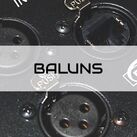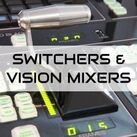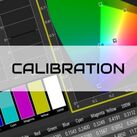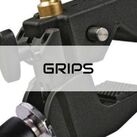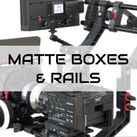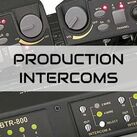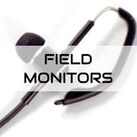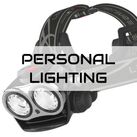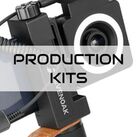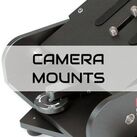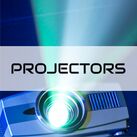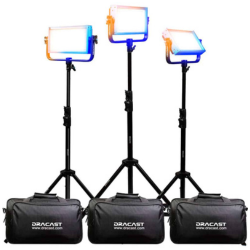How To Light Up Your Set
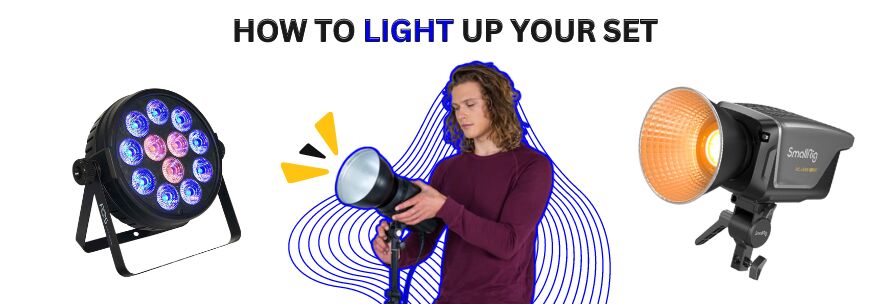
Lighting plays a crucial role in the overall success of any set design, whether it be for film, theater, or photography. The proper use of lighting can transform a scene, create a specific ambiance, and guide the audience's attention. Understanding the various types of lighting equipment, planning for set-up, and employing effective lighting techniques are essential skills for any set designer or filmmaker.
Importance of Lighting in Set Design
Enhancing the Visual Appeal and Atmosphere
When it comes to set design, lighting is like the icing on the cake. It has the power to transform a plain, dull set into a visually stunning masterpiece. By strategically placing light sources and using different intensities and angles, you can create depth, texture, and drama that will captivate your audience.
Directing Audience Attention
Lights, camera, action! Lighting plays a crucial role in directing the audience's attention to specific areas of the set. Whether you want to highlight the protagonist, create a focal point, or draw attention to a particular prop, lighting can be your guiding hand. It's like having a spotlight operator on standby, ready to shine the light wherever you want the audience's eyes to be.
Communicating Emotions and Setting the Tone
Imagine watching an intense scene in a horror movie with bright, cheerful lighting - it just wouldn't hit the same. Lighting is a powerful tool for evoking emotions and setting the tone of a scene. From warm, cozy hues for a romantic setting to harsh, cold lights for a suspenseful moment, the right lighting can enhance the atmosphere and make your audience feel all the feels.
Understanding the Different Types of Lighting Equipment
Overview of Lighting Instruments
Lights, camera, let there be light! In the world of lighting, there are various instruments at your disposal. From traditional incandescent lights to more advanced LED panels, each instrument has its own unique qualities and capabilities. Understanding the different types of lighting instruments will help you achieve the desired look and feel for your set.
Differentiating Between Key, Fill, and Backlight
Key, fill, and backlight - sounds like a recipe for a perfect lighting cocktail, right? Well, it kind of is! These three types of lighting work together to create a well-balanced scene. The key light is the primary light source, the fill light helps to soften shadows, and the backlight adds depth and separates the subject from the background. It's all about finding the right balance and making your set shine.
Exploring Color Temperature and Gels
Who knew lighting could be so colourful? Colour temperature and gels allow you to play with hues and create different moods. Warm light with a golden touch can create a cozy atmosphere, while cooler blue or green tones might transport your audience to another world. Experimenting with colour temperature and gels is like painting with light, adding an extra layer of creativity to your set design.
Preparing and Planning for Lighting Set-up
Assessing the Physical Space and Constraints
Before you dive headfirst into lighting, it's important to assess the physical space and any constraints you may have. Consider the size, shape, and layout of the set, as well as any limitations in terms of power supply or available lighting fixtures. Knowing what you're working with will help you plan and prepare accordingly.
Determining Lighting Requirements based on Script and Set Design
Lights, camera, script! Your lighting choices should always align with the script and set design. Are you working on a romantic comedy with bright, vibrant colours, or a film noir with high-contrast lighting? Understanding the mood and aesthetic of the production will guide your lighting decisions and ensure they complement the overall vision.
Creating a Lighting Plot
Lights, check! Camera, check! But where should the lights actually go? A lighting plot is a diagram that outlines the placement of various lighting instruments on the set. It helps you visualize the lighting design, communicate your ideas to the crew, and ensure a smooth and efficient set-up process.
Techniques for Creating Ambiance and Mood with Lighting
Utilizing High and Low Key Lighting
Lights can set the stage for a dramatic entrance or create an ethereal atmosphere. High key lighting floods the set with bright, even illumination, ideal for cheerful and upbeat scenes. On the other hand, low key lighting casts deep shadows and creates a moody ambiance, perfect for adding suspense and mystery to your storytelling toolbox.
Incorporating Shadows and Silhouettes
Sometimes, what you can't see is just as important as what you can. Shadows and silhouettes add depth, intrigue, and a touch of the mysterious. They allow you to play with light and dark, revealing only glimpses of your subjects and leaving the rest to the audience's imagination. So, embrace the shadows and let them work their magic.
Using Color and Light Temperature for Emotional Impact
Lights, emotions, action! Colour and light temperature can have a powerful impact on our emotions. Warm colours like reds and oranges can evoke feelings of warmth and passion, while cool blues and greens can create a sense of calm or mystery. By strategically choosing colours and manipulating light temperature, you have the ability to enhance emotional moments and make your audience feel all the feels.
Key Considerations for Properly Lighting Actors and Subjects
Positioning Lights for Flattering and Natural Results
When it comes to lighting actors and subjects, the right positioning is key. You want to create a setup that not only flatters their features but also looks natural on camera. Experiment with different angles and distances to find the sweet spot that brings out their best qualities.
Avoiding Unwanted Shadows and Glare
Nothing ruins a shot faster than unwanted shadows or a blinding glare. Be mindful of the direction and intensity of your lights to minimize these pesky distractions. Softening your lights with diffusers or bouncing them off reflective surfaces can help achieve a more even and flattering light.
Ensuring Consistency in Lighting for Multiple Camera Angles
Consistency is key when it comes to lighting across multiple camera angles. You don't want your actors to suddenly appear washed out or overly shadowed when you switch shots. Use colour temperature meters or matching light sources to ensure a seamless transition between angles.
Check out our range of lighting
Comments
No posts found











